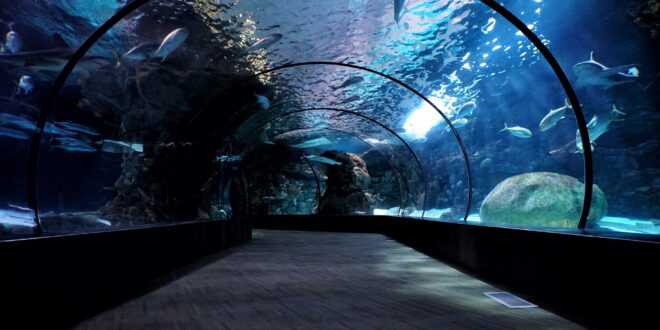You have seen them in the mall, or your nearest Waterworld resort, or you might even have one in your home. To most people, an aquarium is nothing more than a fish tank with little fish swimming inside, hiding when people get too close. What seems to escape the attention of most is how sophisticated aquariums are designed. The following are some amazing facts about aquariums that you probably didn’t know.
Getting a Job Is Hard
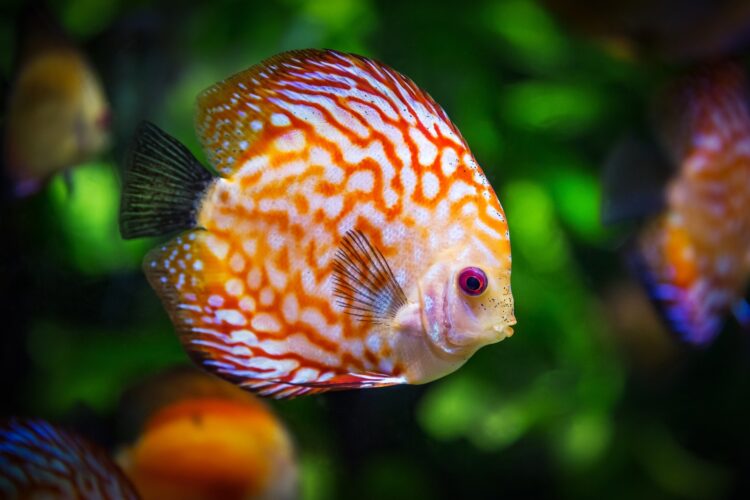
If you thought handling large aquariums was a walk in the park, then you should think again. For one to qualify to work on aquariums, you will need, at the minimum, a degree in marine biology or related courses. You not only have to be a good swimmer, but you have to have some expertise in scuba diving. Experience also plays a huge part, which means you have to clock in hours of internships in various places before you are let into the fold.
Some Cleaning Chemicals Are Harmful to the Fish
Aquariums need constant cleaning for fish and other animals to survive. Ideally, you are meant to use harmless cleaning options like activated carbon or a ceramic filter for aquariums which is available on www.imountaintree.com. However, there are chemicals that do a better job of cleaning aquariums but have a negative impact on the health of the animals. Chlorine and copper sulfate, for instance, lead to skin irritation and even blindness.
Aquarium Fish Are Not Necessarily Rescued
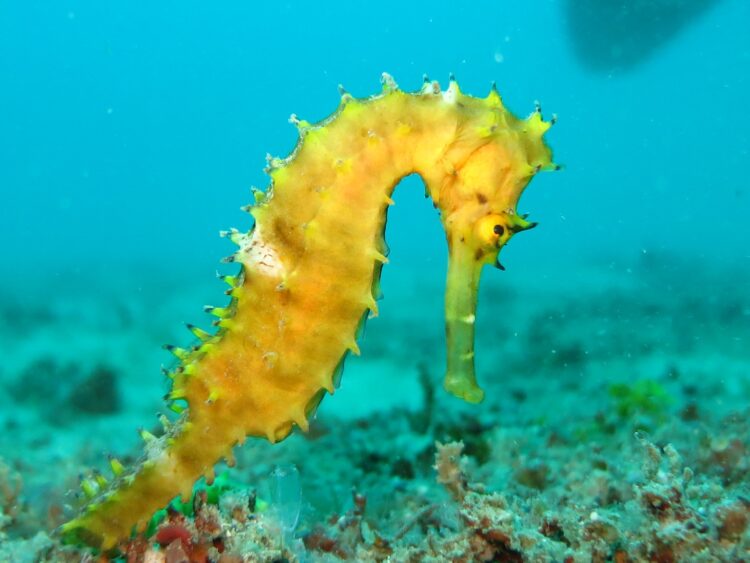
The common misconception about aquarium fish and other marine animals is that they have been rescued and that the aquarium is a refuge for them. A majority of the fishes you see in aquariums have been bred in captivity for the sole purpose of being sold for aquariums. This practice has come under heavy security from animal rights groups since the methods used are, at times, are never “humane.”
Aquariums Depend on Bacteria for Filtration
There is a process called Biological Filtration that involves the manipulation of nitrifying and denitrifying bacteria to keep the water clean for the fish. These bacteria are cultured inside the water, feeding on wastes that get deposited into the tank. In exchange, they convert harmful chemicals like nitrates and sulfates into harmless compounds that are easy to get rid of. Without some of these bacteria, aquariums wouldn’t be a habitable place for marine animals.
Bigger Aquariums are Easier to Handle Than Smaller Ones
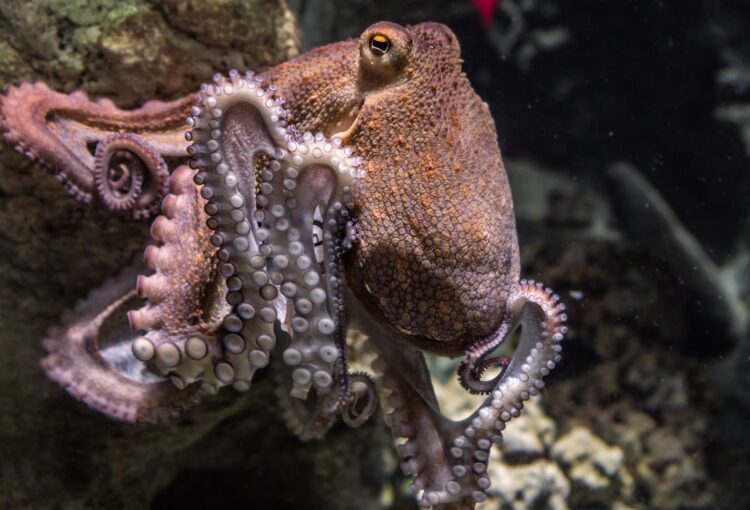
The smaller the aquarium, the more the work needed to keep it running. The reason is simple; when space is smaller than waste accumulates much faster. It also needs more attention due to the limited space available; you cannot risk letting the fish overpopulate. When the aquarium is bigger, you have more space to work with, which increases flexibility for you, the owner, and the fish tank inhabitants.
Seahorses Do not Do Well with Other Fishes
Most of the common aquarium animals can coexist in the same fish tank without any problem as long as you do not throw in a predator. However, seahorses are another matter. They are too docile, too slow to survive in an environment where they have to compete for food with other marine life. Seahorses are also very sensitive on top of being choosy eaters. Therefore, if you are going for seahorses for your aquarium, ensure they are the only animals you place inside the tank.
Leaving the Lights On Disorients the Fish
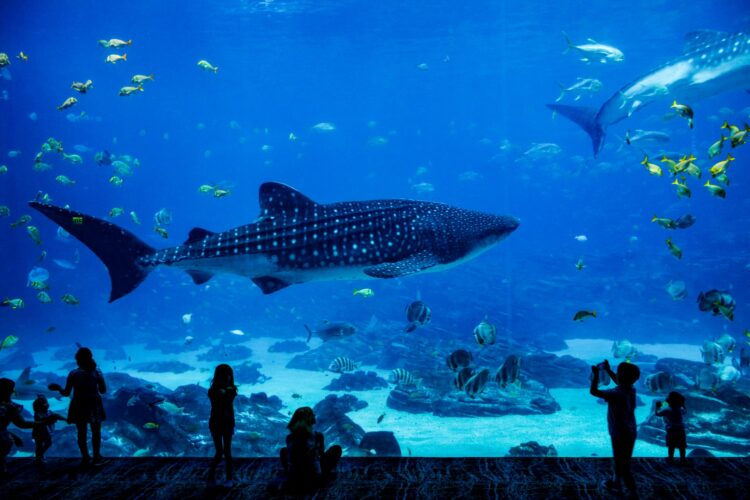
Fish, just like other animals, need their sleep. The timing of their rests follows a similar pattern exhibited by other common animals. When the sun goes down, they retreat to their hiding spaces to rest. Leaving the lights on disrupts their timing, and they may end up staying awake for much longer, and that is not healthy. Switch off the lights when you retreat to bed.
Octopuses are the Most Difficult to Keep
Of all marine animals that you can keep inside an aquarium, octopuses are the most tricky and the hardest to deal with. The reason behind this is down to their high intelligence and flexible bodies that can squeeze through the tiniest of spaces. If you choose to keep an octopus, ensure the aquarium has no escape route, or you will find yourself with an escapee.
Freshwater vs. Saltwater Aquariums
In terms of pricing and maintenance, freshwater aquariums are cheaper and easier to handle than saltwater aquariums. A freshwater tank can be made out of glass and can make do with a simple filtration system. Saltwater aquariums, on the other hand, require more sophisticated equipment as well as a bigger fish tank. The reason for this is that the salinity of the water tends to get more concentrated in smaller aquariums, and this may kill the fish.
Water in the Aquarium is Not Changed Entirely
Another common misconception about aquariums is that the water has to be drained out entirely once in a while to be replaced by cleaner water. This will kill the fish. When it comes to fish tanks, never switch out the entire water; you should only change 1-20% of the water per week if you do not have a filtration system. Draining the entire water will get rid of beneficial bacteria without which the fish cannot survive.
Conclusion
Having these facts at your fingertips is important if you plan to own an aquarium in the near future. If you choose to go down this route, ensure you are prepared to spend a good chunk of your time taking care of the aquarium. It may sound tedious, but the fun of having fish floating around is worth it.
 Hi Boox Popular Magazine 2024
Hi Boox Popular Magazine 2024
